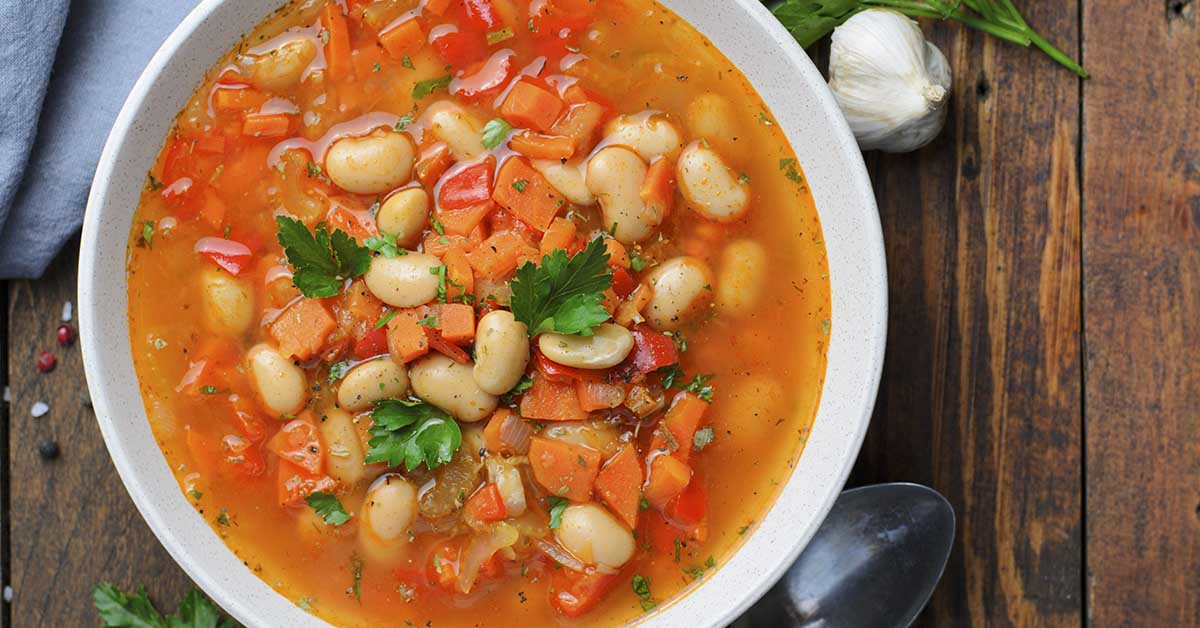The Blue Zone diet is based on the eating habits of people with the longest lives in the world. “Blue zones” are five locations where locals are ten times more likely than Americans to live to the age of 100. Additionally, research has discovered that people in these zones also have fewer instances of chronic diseases compared to the rest of the population. Dan Buettner from National Geographic began to study these zones and uncover the secret to long and healthy lives.
What is the Blue Zone Diet?
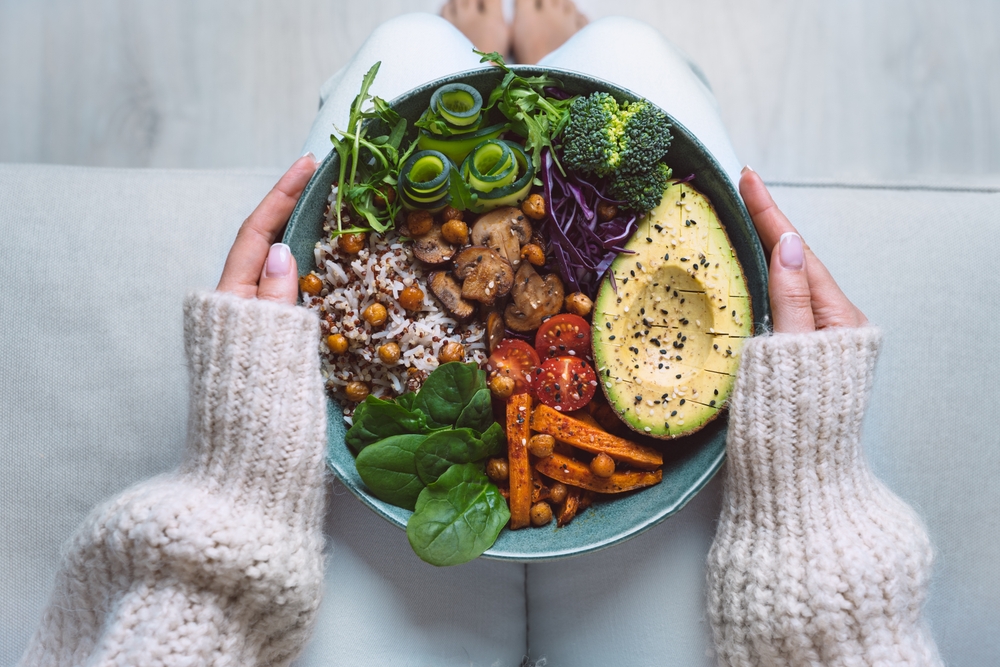
Buettner explains that the Blue Zone diet isn’t only a diet; it’s a way of life, “It’s not a hard [and] fast diet. It’s not something where you weigh how many grams of protein and fat you eat. It’s more looking at the general foodstuffs.” [1]
Although the diets and lifestyles vary in each of the five blue zones, they all share some important similarities. For instance, they all consume mostly whole, plant-based foods with little to no added sugars and processed ingredients. The people live in a close community. They exercise on a regular basis. They hydrate with water, tea, coffee, and the occasional glass of wine, while overall eating beans instead of meat, dairy, and eggs. In his book, Buettner advises eating beans every day after finding that they “reign supreme in the blue zones and are the cornerstone of every longevity diet in the world.”
Read More: This Barely Eaten Vegetable is a Key Longevity Secret for Okinawans Living in the Blue Zone
But Buettner does not necessarily recommend overhauling one’s diet to match a place in the blue zone.
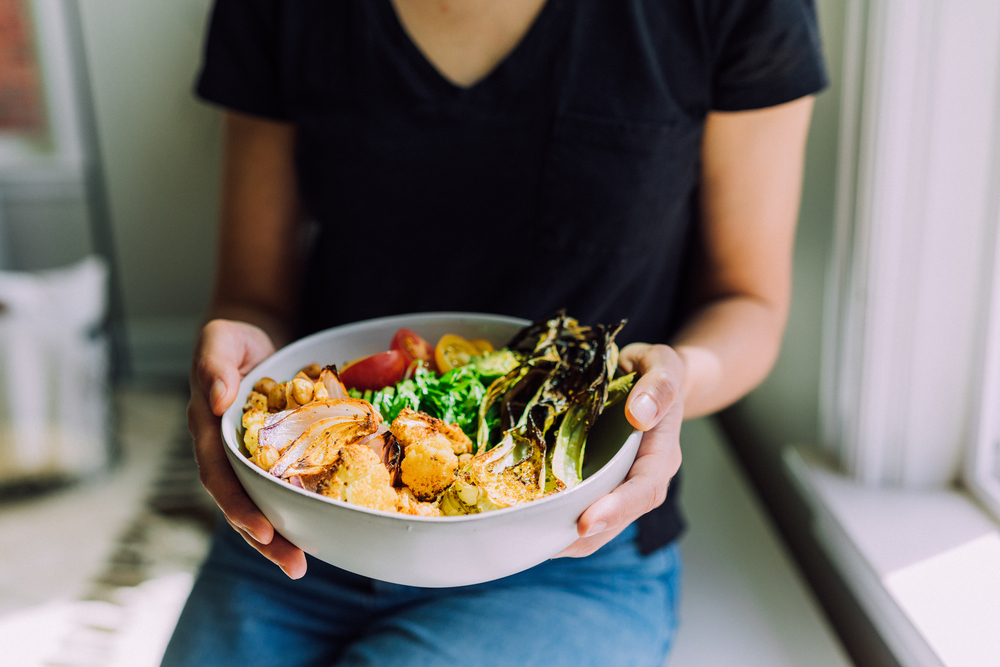
Rather he advises people to use his research to slowly incorporate its tips into their lives. For instance, find a couple of plant-based recipes that sound appealing and cook them once a month. Overhauling one’s diet often doesn’t lead to life-long habits. Additionally, it’s important to remember that diet isn’t the only factor for longevity. Lifestyle, social environment, stress levels, and genetics also play a major role. Healthy eating habits are also crucial.
“One of the principles is to eat until you’re satisfied rather than completely full,” said Samantha Cassetty, RD. “We have a tendency to eat quickly and not be so in touch with our bodies’ hunger and fullness cues. It takes practice and getting used to, but you come to see that [eating until you’re satisfied] fuels your body with the right amount of food, so you maintain good digestion and energy balance.” [2]
What are the 5 Blue Zones?
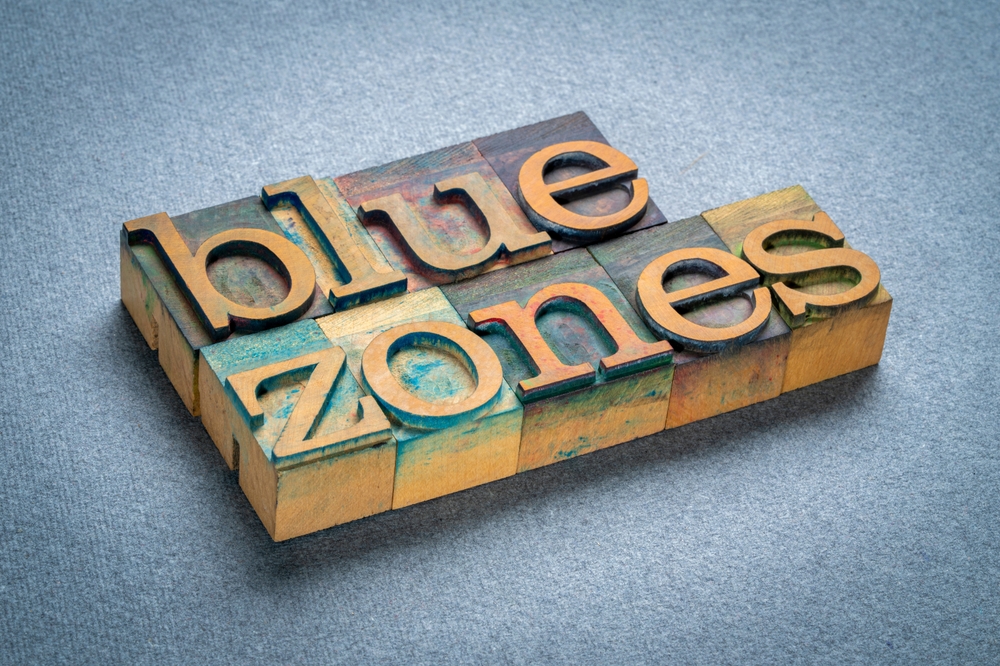
- Sardinia, Italy
- Icaria, Greece
- Okinawa, Japan
- Nicoya, Costa Rica
- Loma Linda, California [3]
Sardinia, Italy
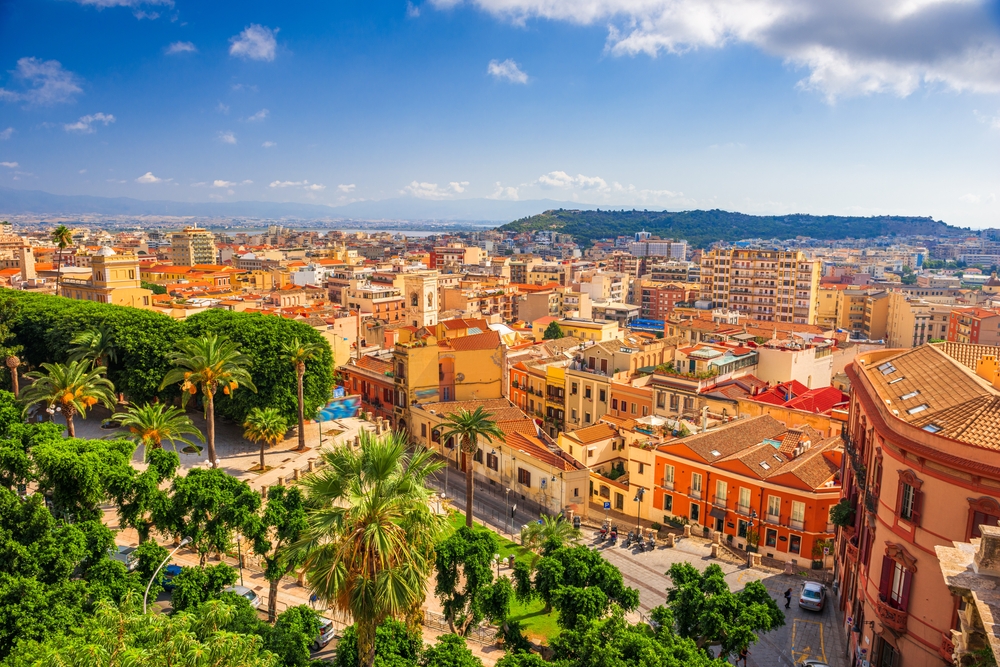
The diet in Sardinia is similar to the better-known Mediterranean diet, except with a higher consumption of fish, milk, olive oil, dairy products, and alcohol. So the locals eat vegetables like tomatoes, potatoes, sweet potatoes, and zucchinis, along with fruits and legumes like lentils and fava beans. They also enjoy a variety of seafood, from sea bass to clams to anchovies. Perhaps unlike others on this list, Sardinians eat dairy, particularly from goat and sheep, and grains like barley and wheat for their traditional pasta and bread. Go-to spices include garlic, parsley, mint, and fennel. They eat meat and sweets on occasion.
Icaria, Greece
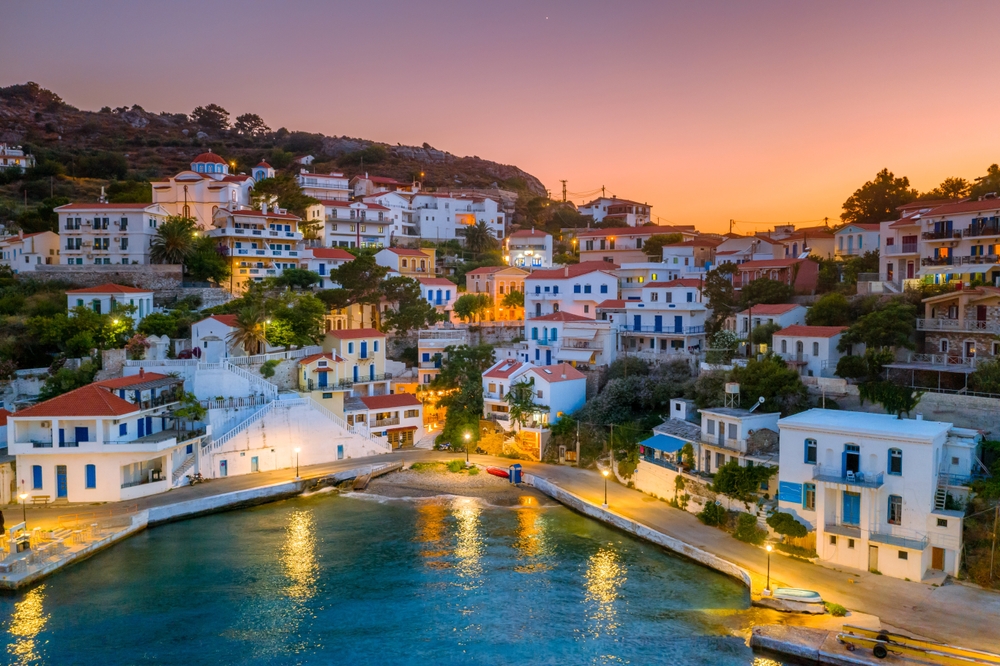
Like the Sardinian diet, Icaria also has its own variation of the Mediterranean diet. However, folks in Icaria have a higher intake of potatoes, coffee, and full-fat dairy products. They also consume honey, whole grains, and bread. Otherwise, their diet is full of vegetables, fruits, legumes, and seafood. Their source of fat mostly comes from nuts and olive oil, and their commonly used spices include oregano, basil, thyme, and rosemary.
Okinawa, Japan
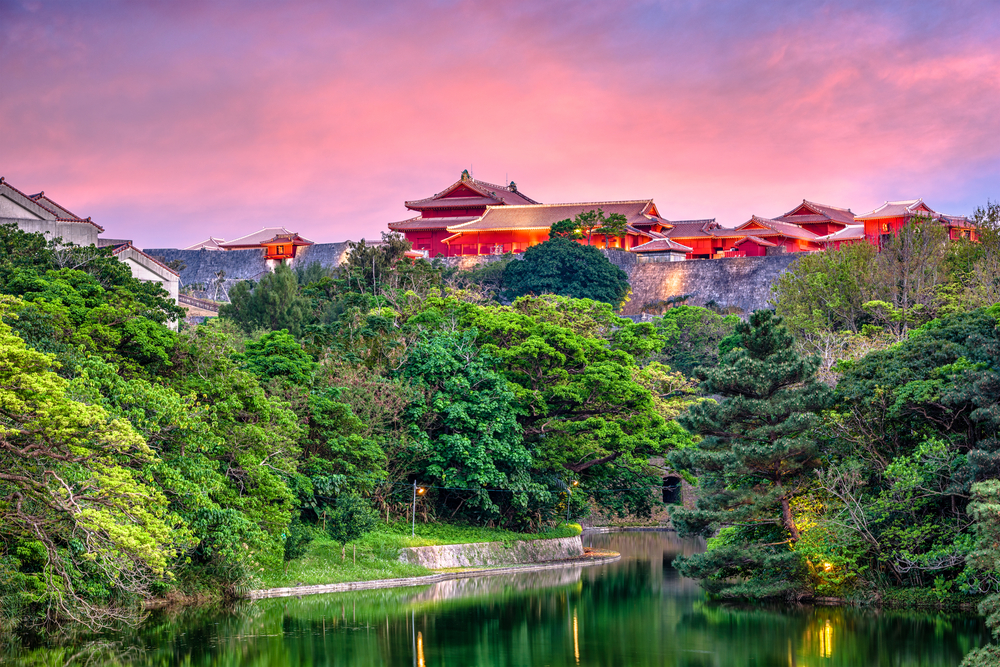
The residents tend to consume a plant-based diet, with a focus on foods like fish, soy, sweet potatoes, leafy greens, yellow root vegetables, and grains with a low glycemic index. They eat animal-based food, processed food, and sugar on occasion. They use spices, notably turmeric, in place of excessive salt.
Nicoya, Costa Rica

Nicoya’s diet stands apart from the rest in this list because it involves a lower intake of healthy fats and a higher intake of animal products. But it also features foods high in fiber with a low glycemic index. And there’s minimal consumption of refined and processed foods. Moreover, their diet involves vegetables like squash, peppers, and plantains, and fruits like papaya, mango, and pineapple. Of course, it also includes legumes. Other notable ingredients are rice, corn, whole-grain bread, chicken, eggs, cheese, butter, canola oil, and sunflower oil. Beverages tend to include fresh juice, coffee, and guaro.
Loma Linda, California
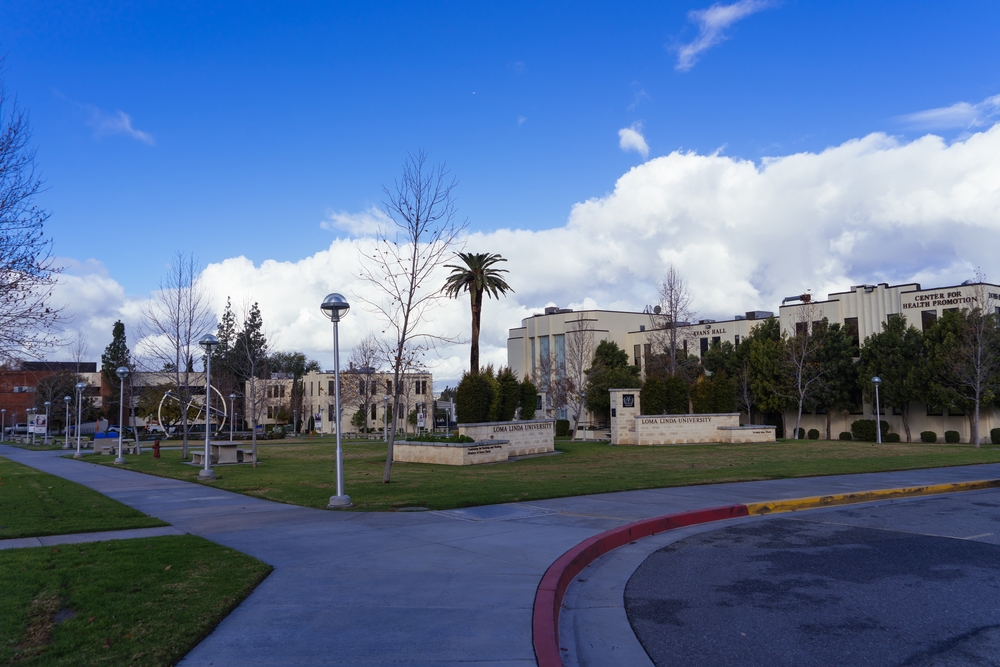
The people here tend to follow the diet of the Adventist religious community. The diet is mostly vegan, with a focus on nuts, leafy greens, and legumes. The diet in Loma Linda is the only diet in this list that is primarily plant-based. They eat a variety of vegetables, fruits, whole grains, and plant-based proteins like soy. They eat salmon, beef, eggs, chicken, and low-fat dairy products on occasion. However, they avoid full-fat milk products, pork, shellfish, hot spices, alcohol, caffeinated beverages, and highly processed and refined foods.
Read More: 9 Habits of The Longest-Living People In The World
What to Eat on the Blue Zone Diet
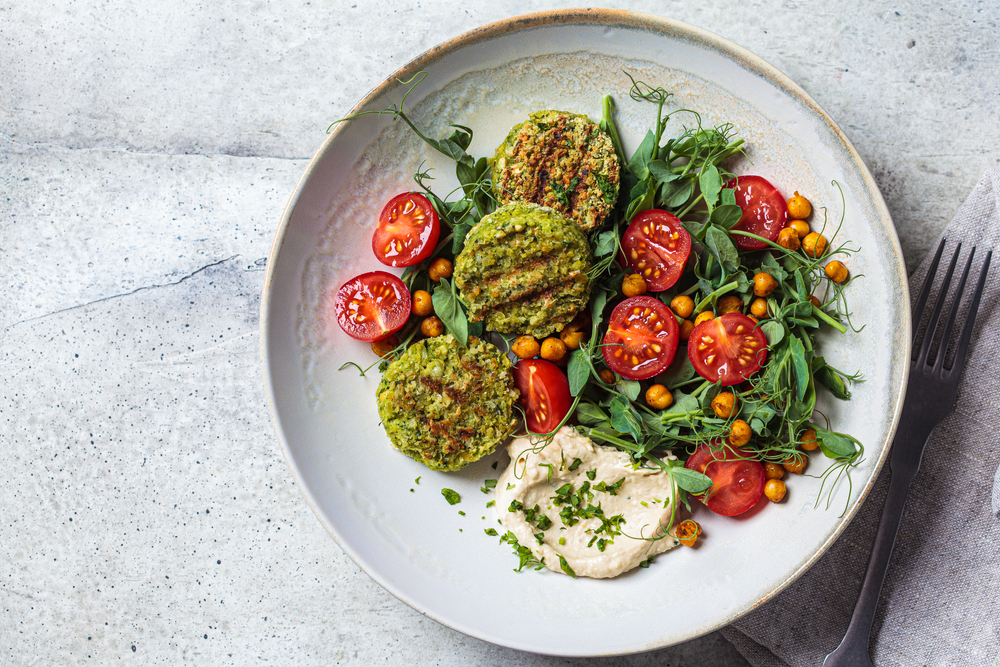
The diet emphasizes natural, nutrient-rich foods and sustainable eating practices that contribute to longevity and overall well-being.
Based on this information, these are the foods highly advised by the diet:
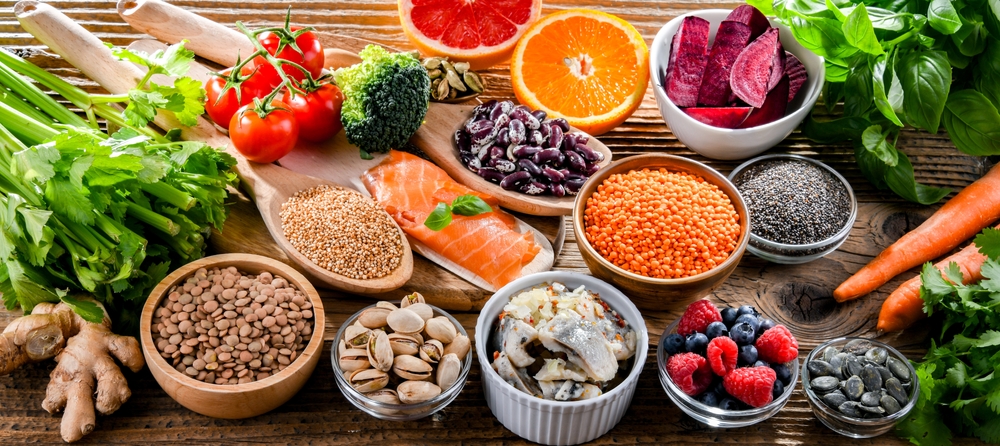
- Legumes [4]
- Honey
- Whole grains like barley and steel-cut oats
- Nuts
- Fruits
- Olive oil
- Soy products like tofu
- Vegetables, especially leafy greens
- Fish
- Seaweed (kombu and wakame)
- Shiitake mushrooms
- Green tea
- Seasonings like Mediterranean herbs, garlic, turmeric, and milk thistle
Similarly, one should avoid/limit consumption of:
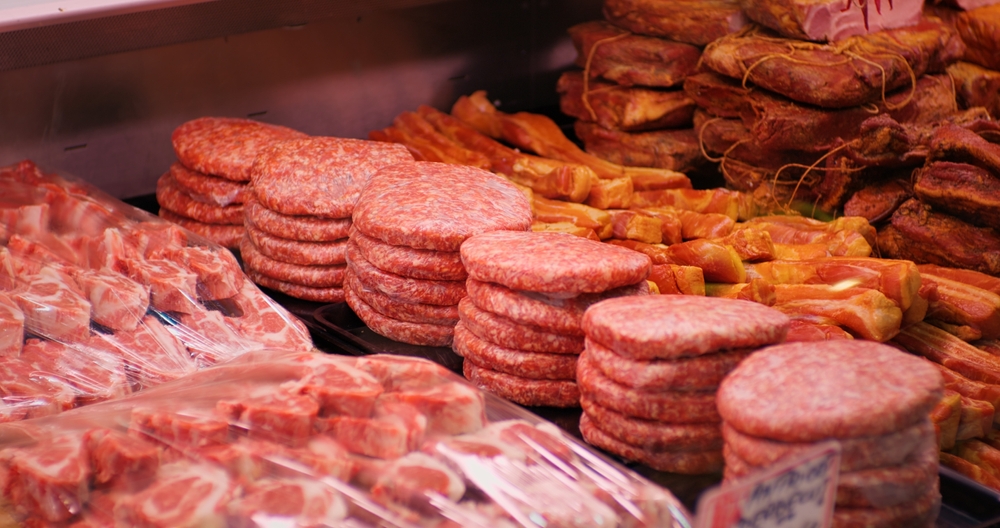
- Processed foods
- Salty snacks
- Refined sugar
- Meat
- Dairy products
- Eggs [5]
It’s also important to incorporate the lifestyle associated with the Blue Zone diet:

- Moderate and regular physical activity
- Stress reduction
- Engagement in social life
- Engagement in family life
- Engagement in religion or spirituality
- Moderate intake of alcohol
- Life purpose
- Eat foods in their “whole” form with minimal cooking and processing
- Stop eating when you’re 80% full
- Eat the smallest meal of the day in the evening
- Eat meat sparingly
Eating the Way to a Long Life?
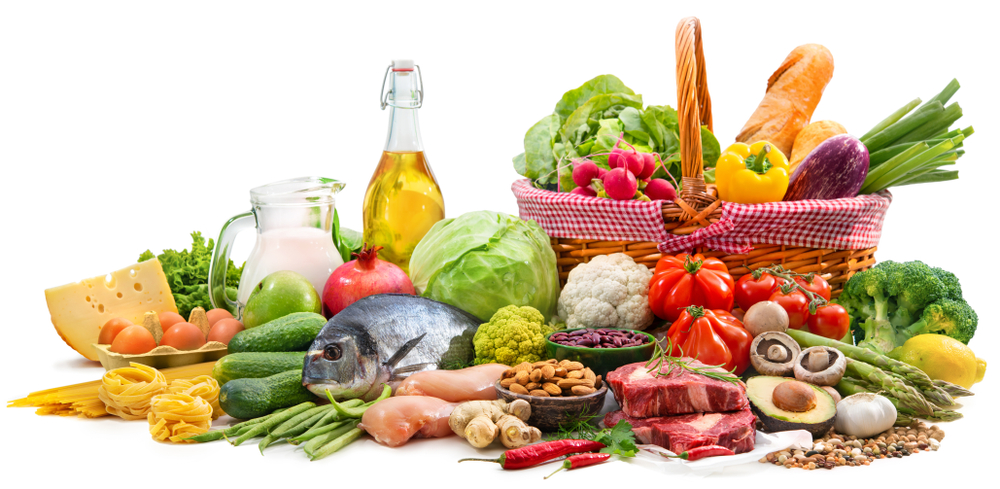
Currently, there’s no evidence to support the claim that anyone on the Blue Zone diet would live longer without chronic diseases. However, the guidelines for this diet align with what is generally recommended as a healthy lifestyle. So people who partake may not have a long life, but they can reap the benefits of eating healthily, regularly exercising, engaging in a community, and pursuing a purpose, all of which are proven to effectively improve one’s quality of life.
The longevity claim is, unfortunately, anecdotal and can be attributed to many factors outside of one’s control, like genetic, environmental, and cultural factors. Plus, the records with the age estimates of the blue zones are often unverified, making the longevity claims questionable. Also, each “blue zone” diet may be overly simplified to make it more trendy and marketable, so take the claims with a grain of salt, especially since the diets tend to contradict each other. With that being said, the overall approach to healthy living could be beneficial for many people. [6]
Sources
- “The secret to adding ‘an extra 10 good years’ to your life could be eating like you live in a blue zone. Here’s how to start.” Fortune. Alexa Mikhail. December 13, 2022
- “The Blue Zones Diet: A Complete Scientific Guide.” Everyday Health. Stephanie Thurrott. May 2, 2022
- “Blue Zone Diets: 5 Regional Diets That May Boost Your Life Span.” Healthline. Ariane Lang, BSc, MBA. May 4, 2021
- “7 Blue Zone Foods to Include in Your Diet.” Very Well Health. Cathay Wong. February 8, 2022
- “Blue Zones Diet: Food Secrets of the World’s Longest-Lived People.” Blue Zone. Dan Buettner.
- “Blue Zones Diet: Speculation Based on Misinformation.” Science-Based Medicine. Harriet Hall. October 12, 2021
